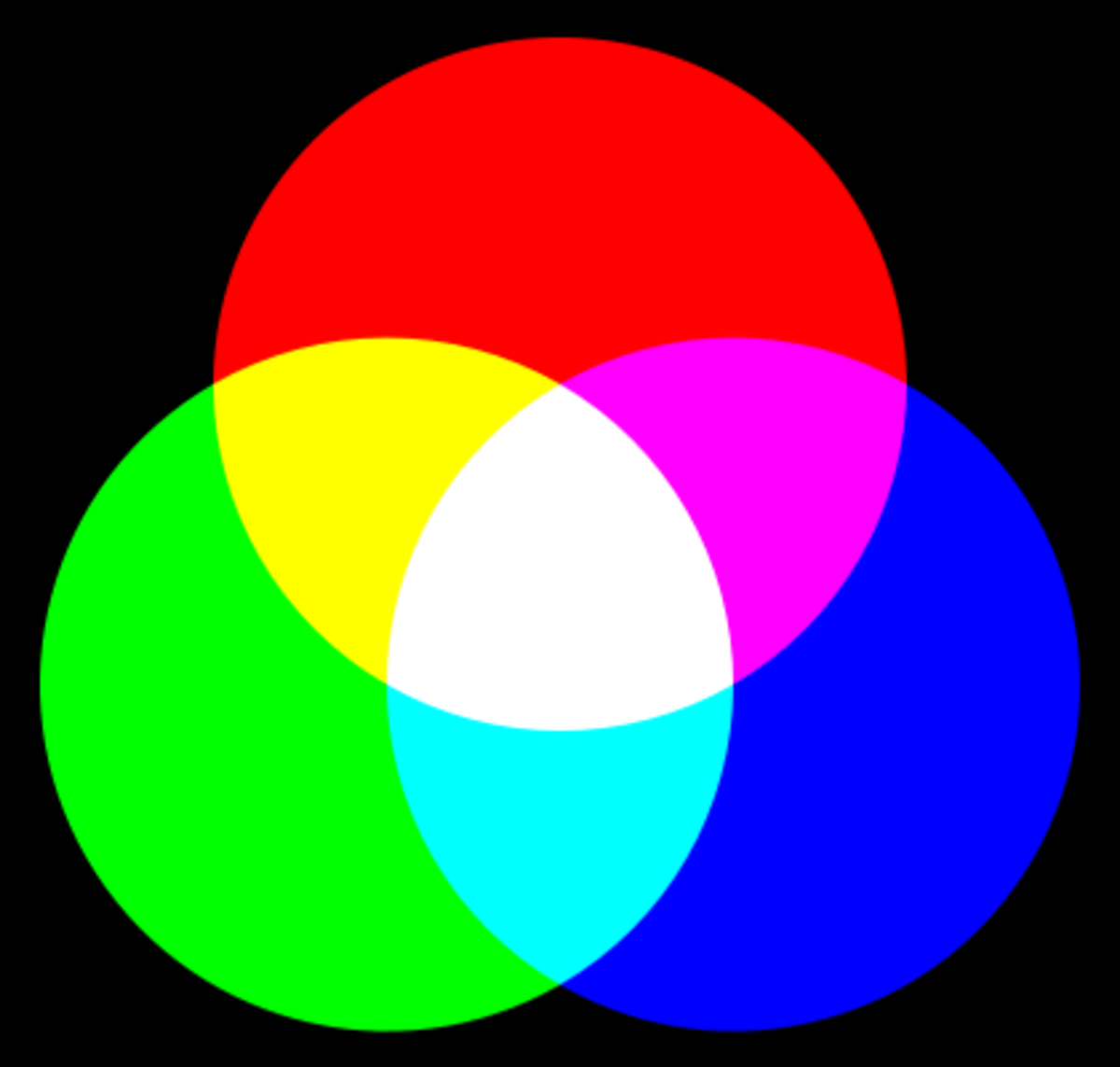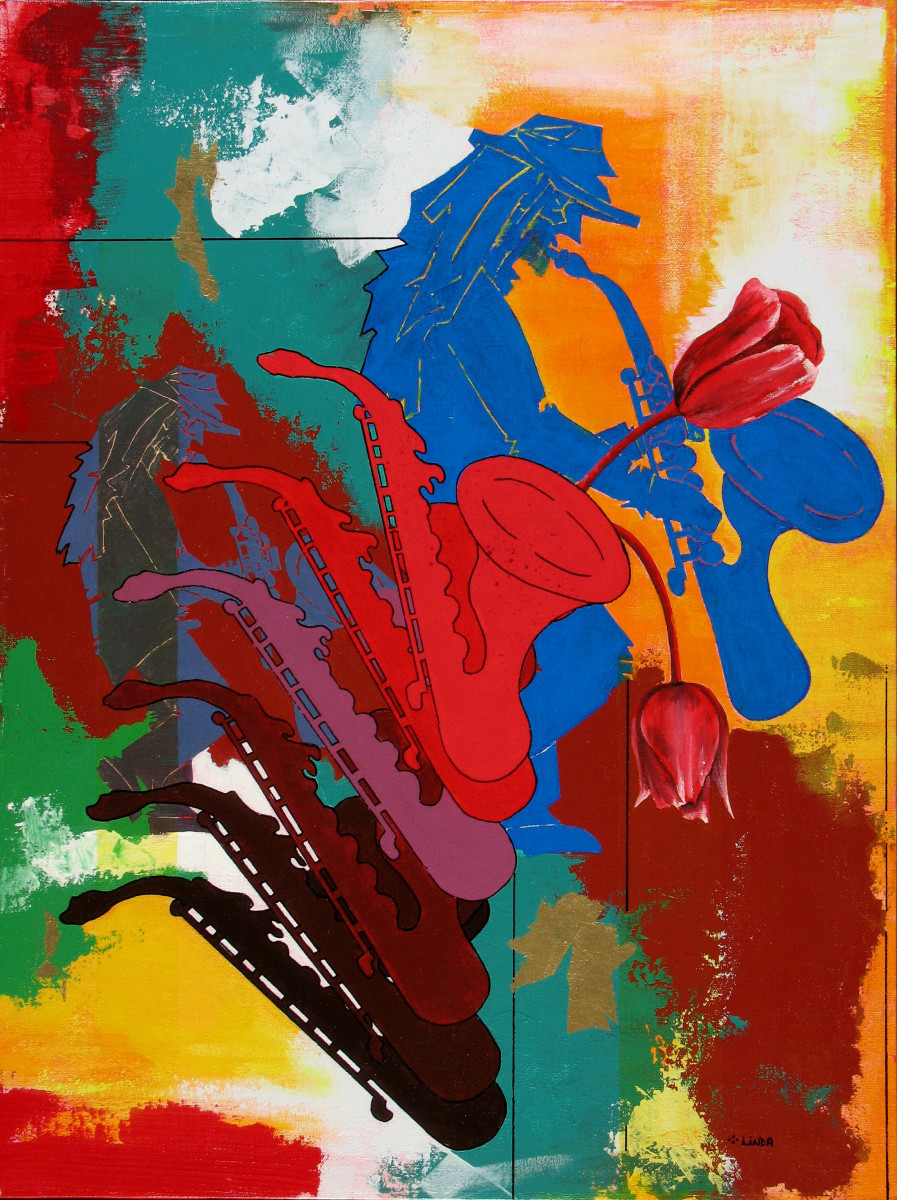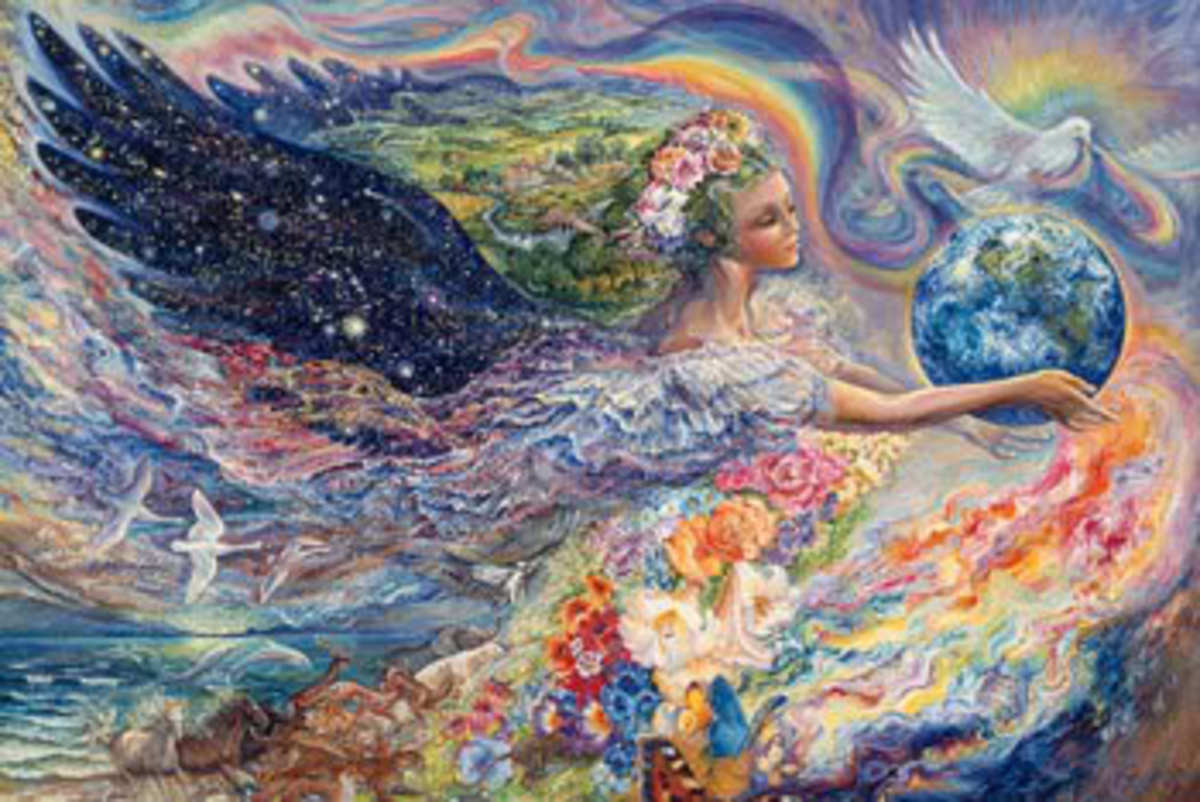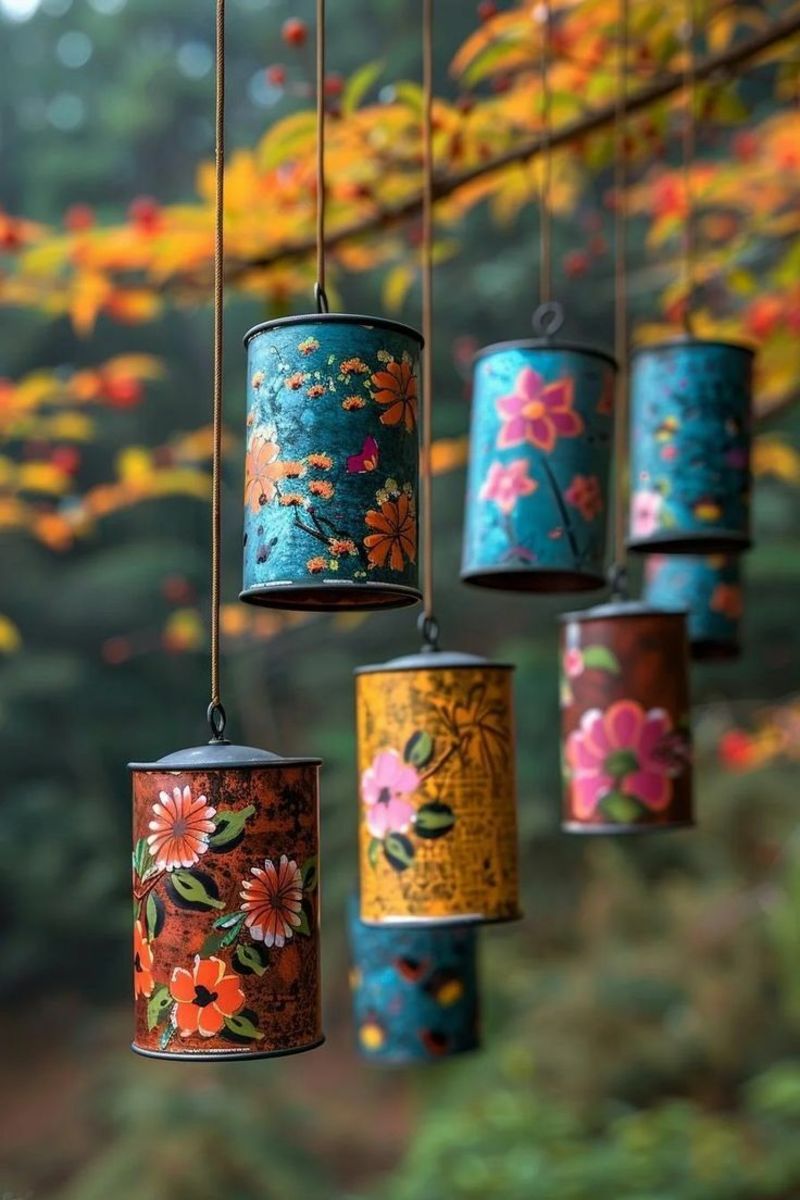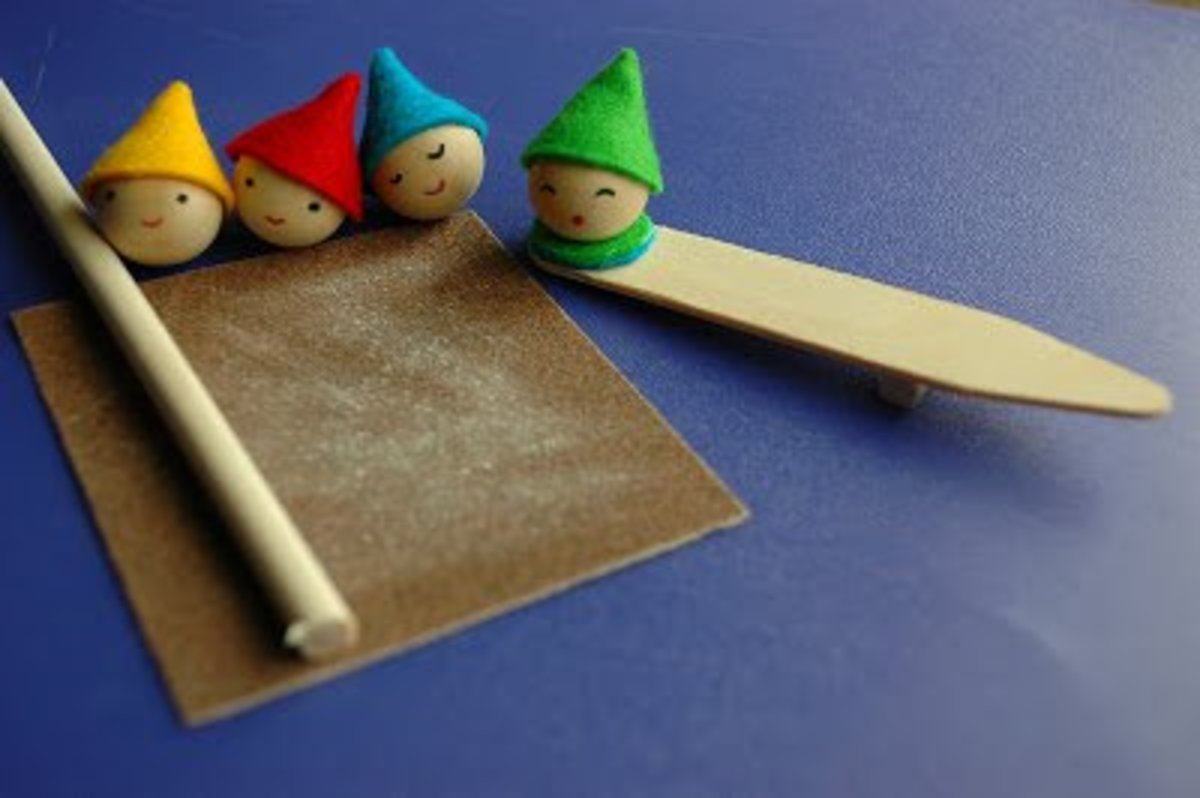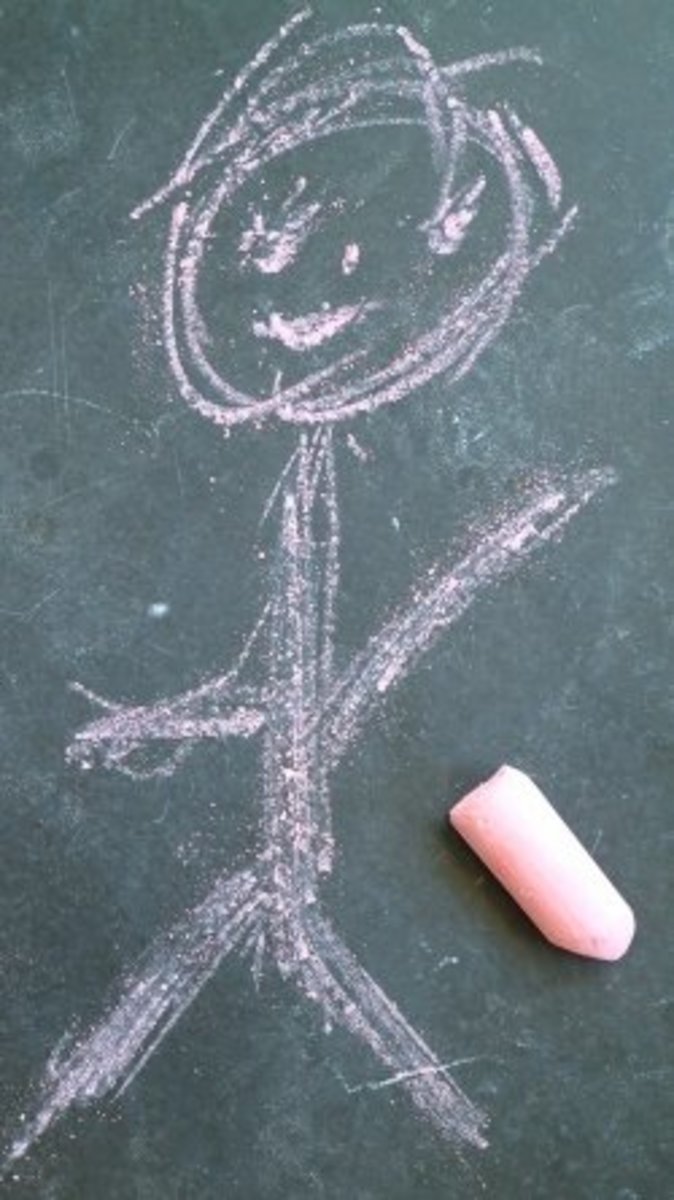Complementary Colours
Imagine the world without colour - the brilliant blue of a sky, the velvet green of a lawn, the yellow of a canary, the glistening hues of a rainbow... and so on. It would be a drab place indeed.
Colours are a fascinating concept and of course, are more than just a visual treat for the eyes. They can alter mood, protect certain species in nature as well as playing a role in mating, warn us of danger, flatter a human face, be used for coding purposes and in the right combinations, they can be very useful for a number of tasks. Ever wondered why surgeons often wear those baggy green suits when they are operating? This is because green is the complementary colour of red and the green suits are designed to offset the red colour of blood that is usually present during an operation.
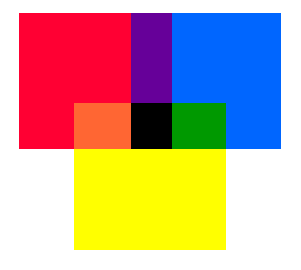
What is a Complementary Colour?
Colours can be divided into three groups - primary, secondary and complementary. Primary colours are 'set' and can't be created from a mix of other colours, Red, green and blue are all primary colours and they can be mixed to create secondary colours, such as green, violet and orange. Secondary colours are a kind of mid-range hue between two primary colours. For example:
Read and yellow makes orange
Blue and yellow makes green
Red and blue makes violet
How much of one colour is used in the mix will affect the intensity and strength of the final result - eg; more blue than yellow will create a darker green and more yellow than blue will create a lighter green.
Complementary colours are opposites on the colour wheel that complete the colour spectrum and while they may often look good together, the term complementary denotes "completeness' rather than "compliment", as indicated by the 'e' spelling.Every colour has an opposite on the colour wheel but when complementary colours are mixed together they cancel each other out and produce a gray, white or black neutral.
The complementary colours of each three primary colours are found by mixing the two remaining colours together. For example, for the complement of red, mix blue and yellow together (green), for blue, mix red and yellow (orange) and for yellow mix red and blue (violet)
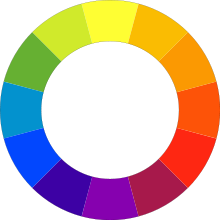
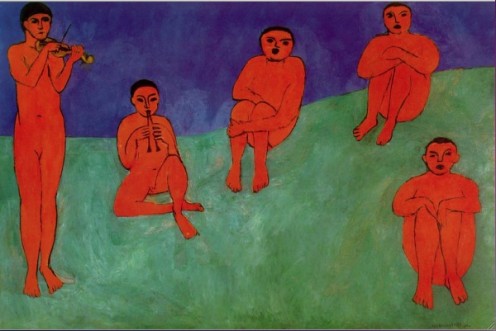
Complementary Colours in Art
Understanding complementary colours can be very useful when creating a painting because juxtaposing opposite hues can increase or decrease the intensity of colour and make the work seem more or less vivid, depending on what effect the artist is trying to achieve. Complementary colours next to each other tend to make each seemed brighter, whereas complementary colours broken up by contrast colours can weaken their effect.
Some painters seem to be able to do this instinctively and indeed, artists have been aware of complementary colours for a very long time, though they did not always have access to a wide range of colours. In Van Gogh's Night Cafe below, we can see how the artist has employed the complementary colours of red and green to good effect, creating a vivid scene, while Matisse, at right, has introduced a kind of in-between orangey-red and superimposed it over a conjoined blue and green background, making the figures seem to jump out with intensity.
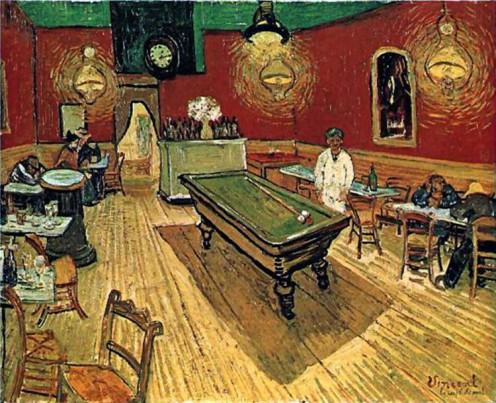
How to Find a Complementary Colour
It's easy to discover the complementary colour of another. Take a sheet of white paper and place it on a table. Put a sample of the shade you want to find the complementary colour for in the middle of the white paper. The sample can be anything as long as it's just all one colour - a square, circle or rectangle and not too large - something about the size of a matchbox will do.
Now stare at the colour for at least 20 seconds, being careful not to look anywhere else. Then remove the colour and shut your eyes for a few seconds. When you open them look directly at the centre of the white sheet of paper where you put the colour sample for a few moments - the complementary colour will magically appear!
This effect is because of a kind of desensitisation in the cone cells of your eyes. That is, because you are staring so intently at one colour the eyes become desensitised to that hue and when you look on the neutral white background, the complementary colour appears as a perceptual response.

